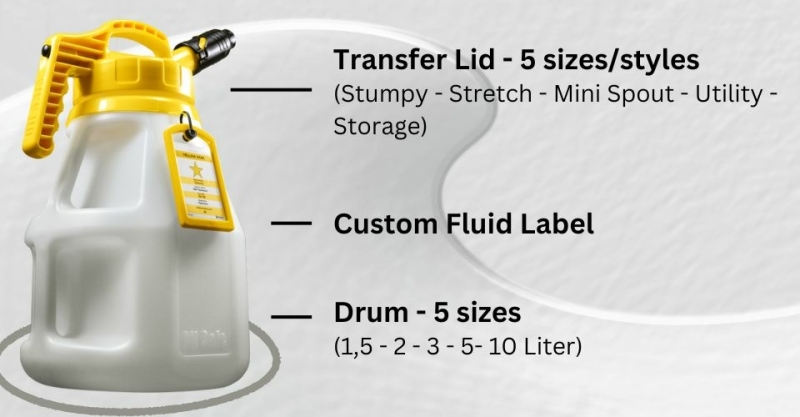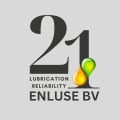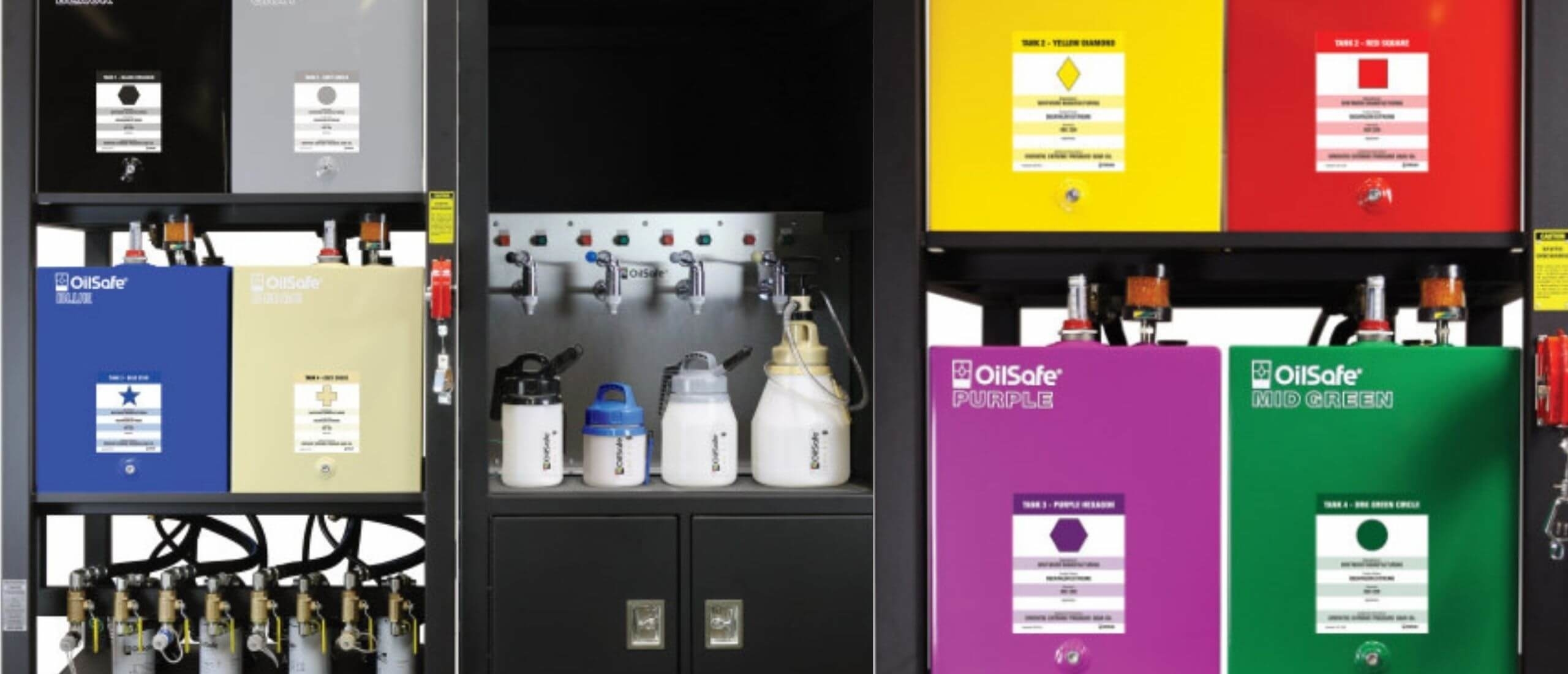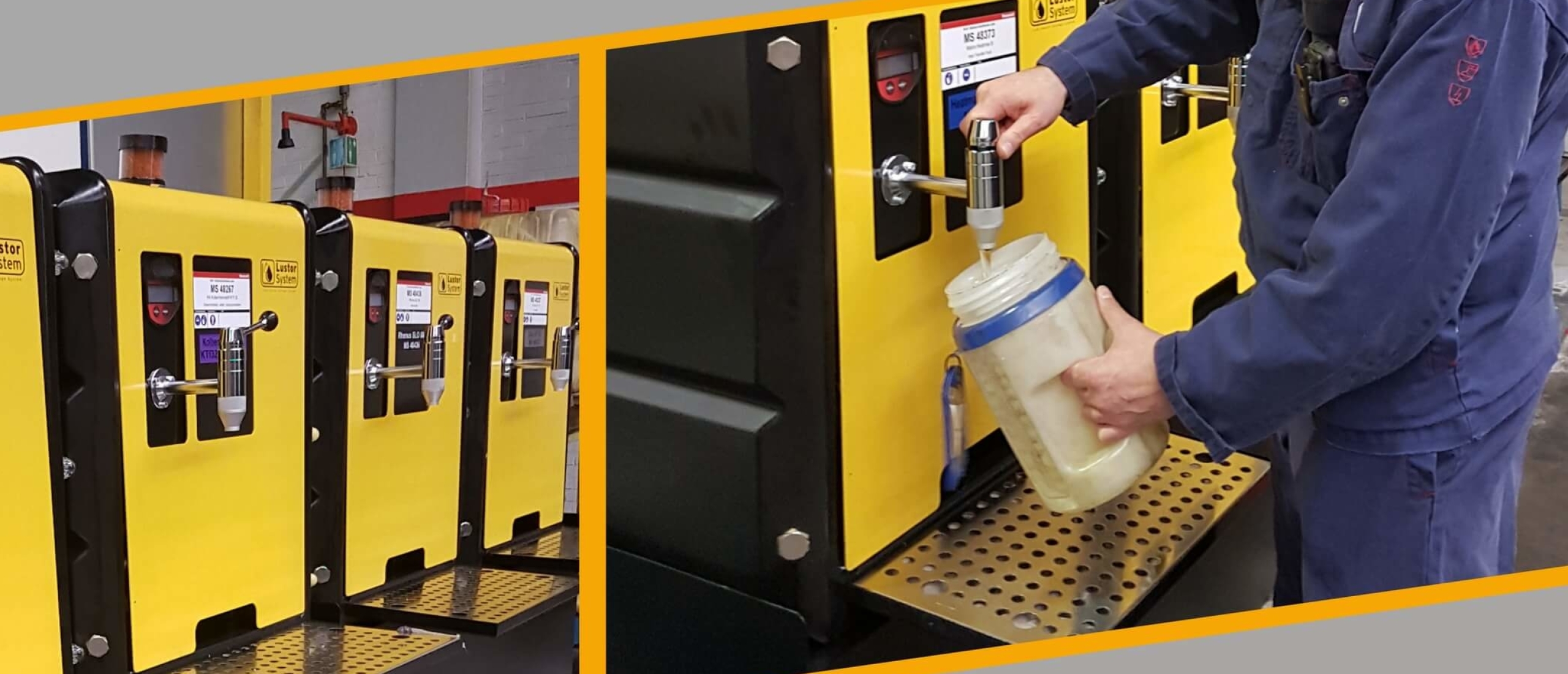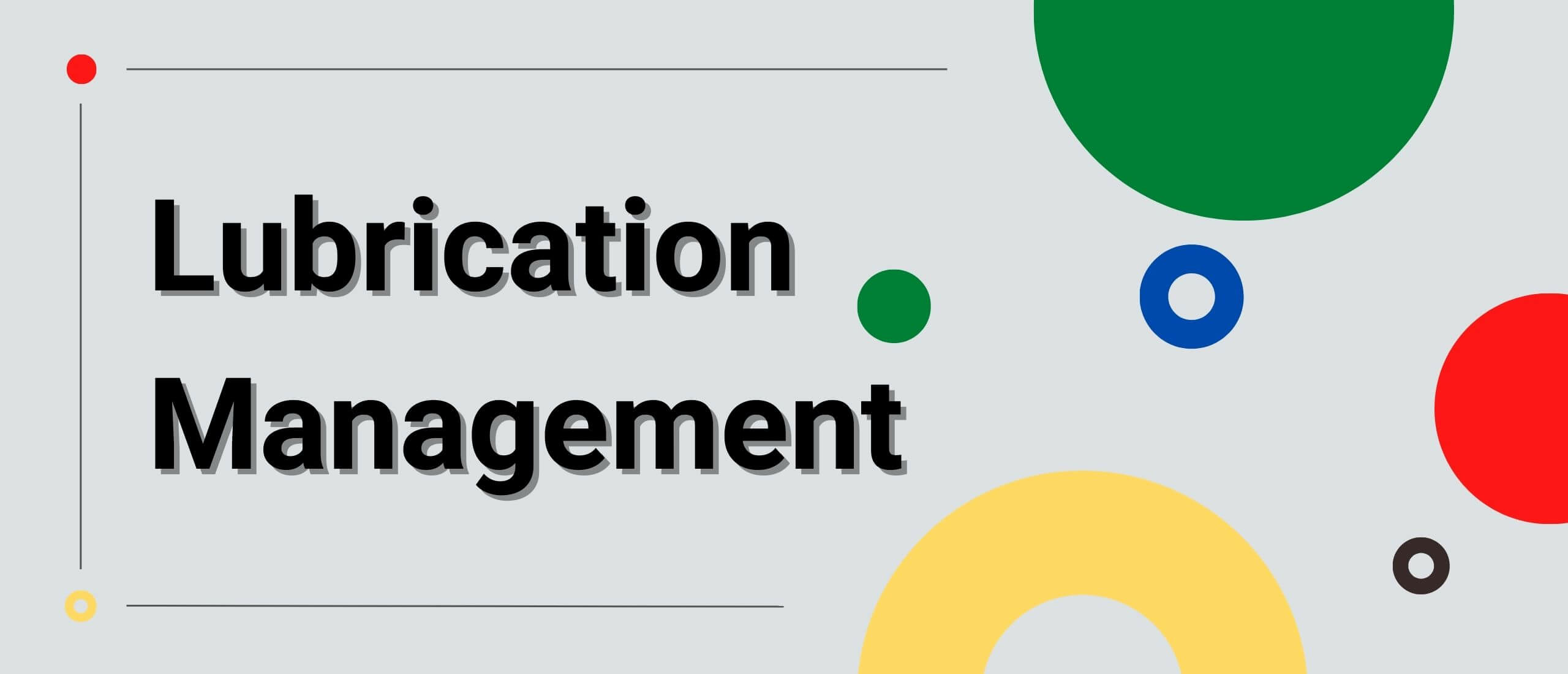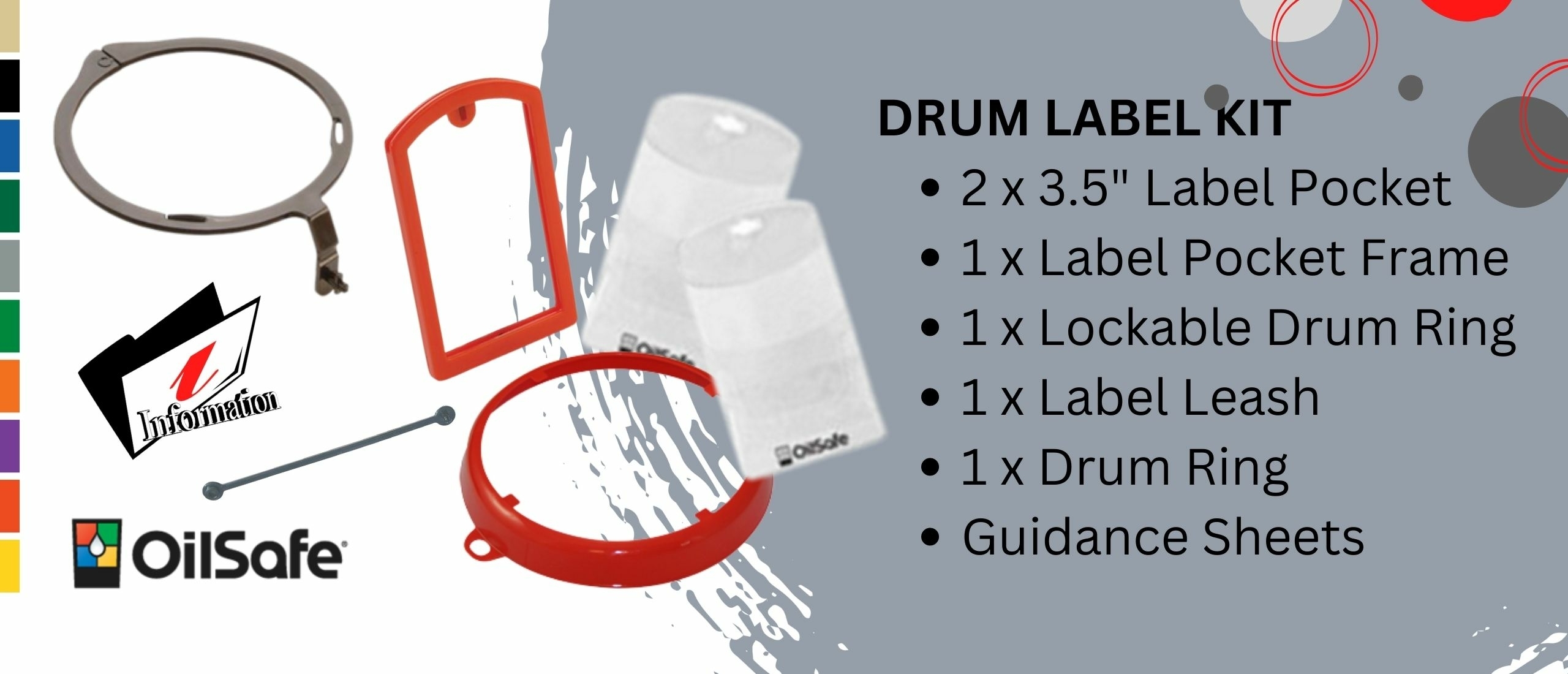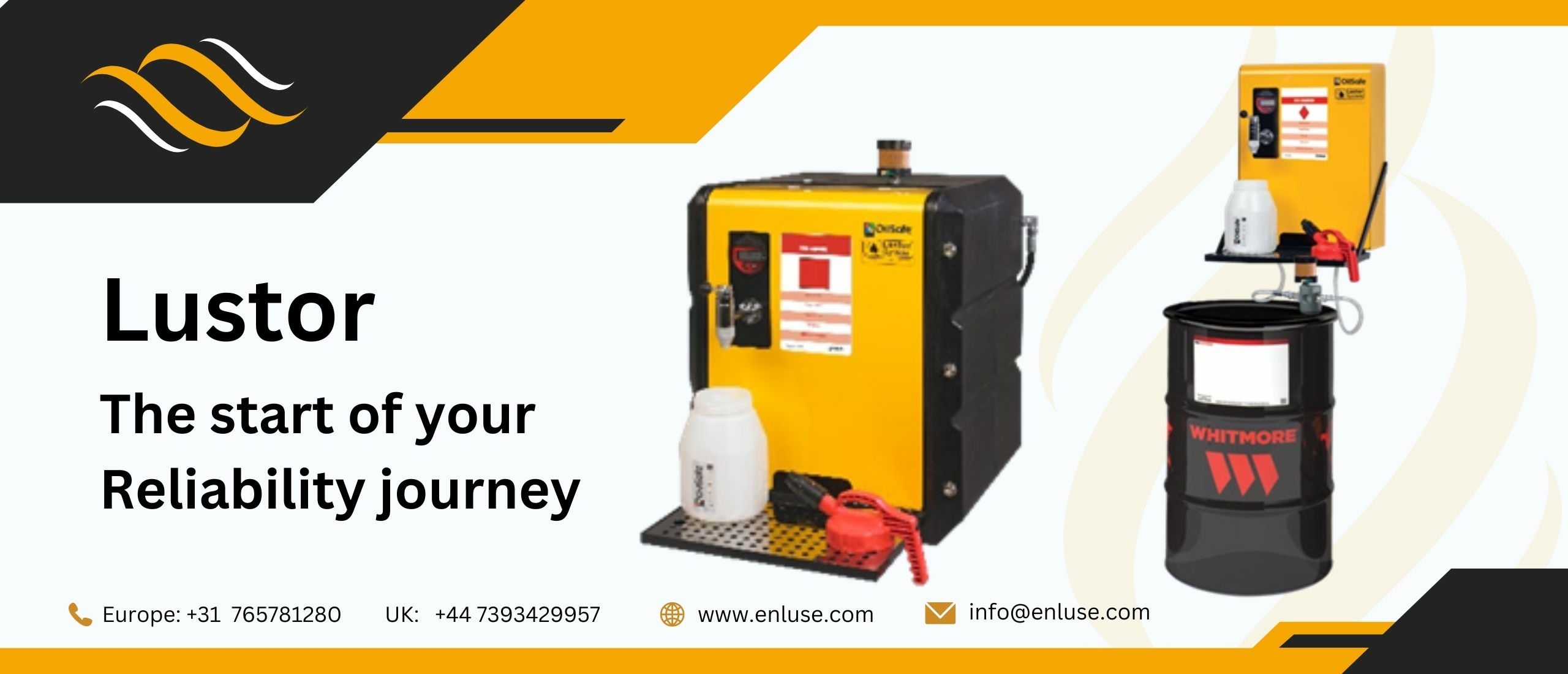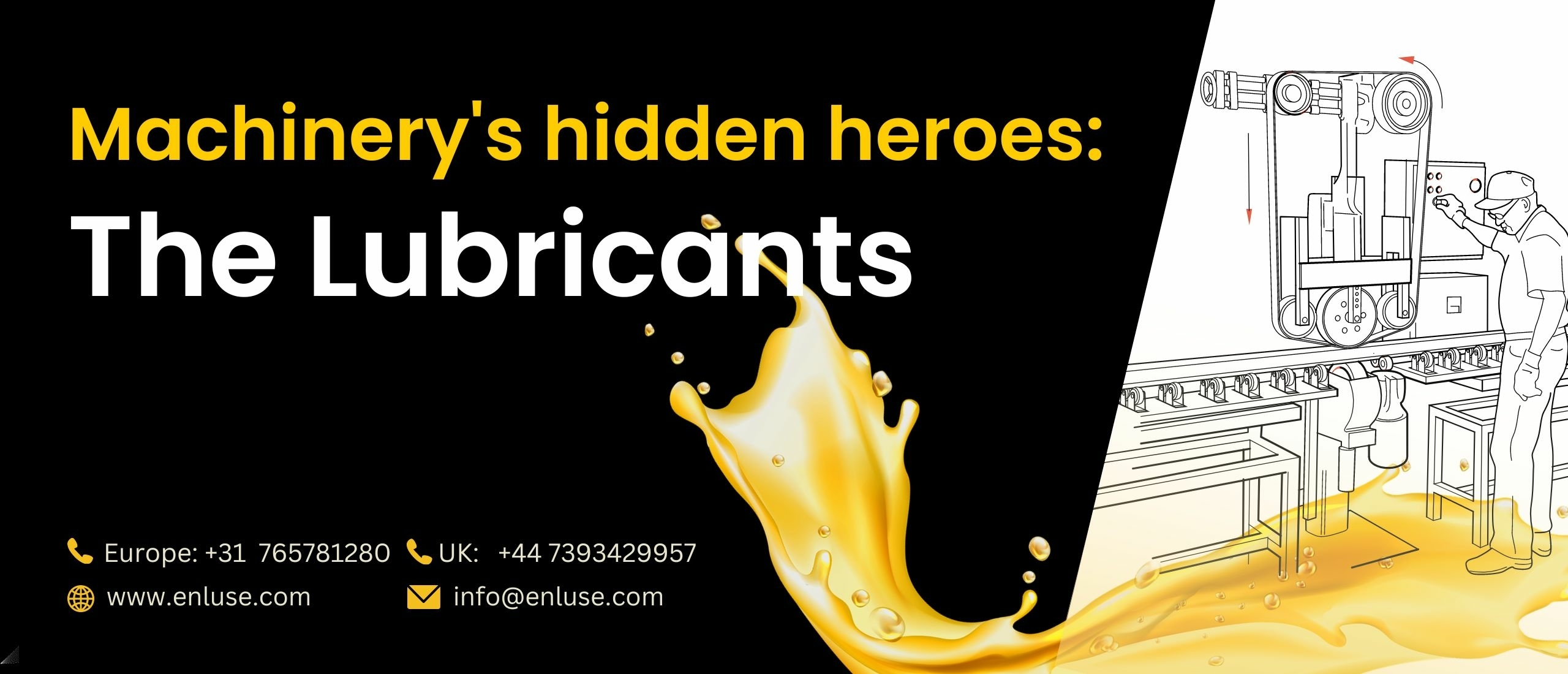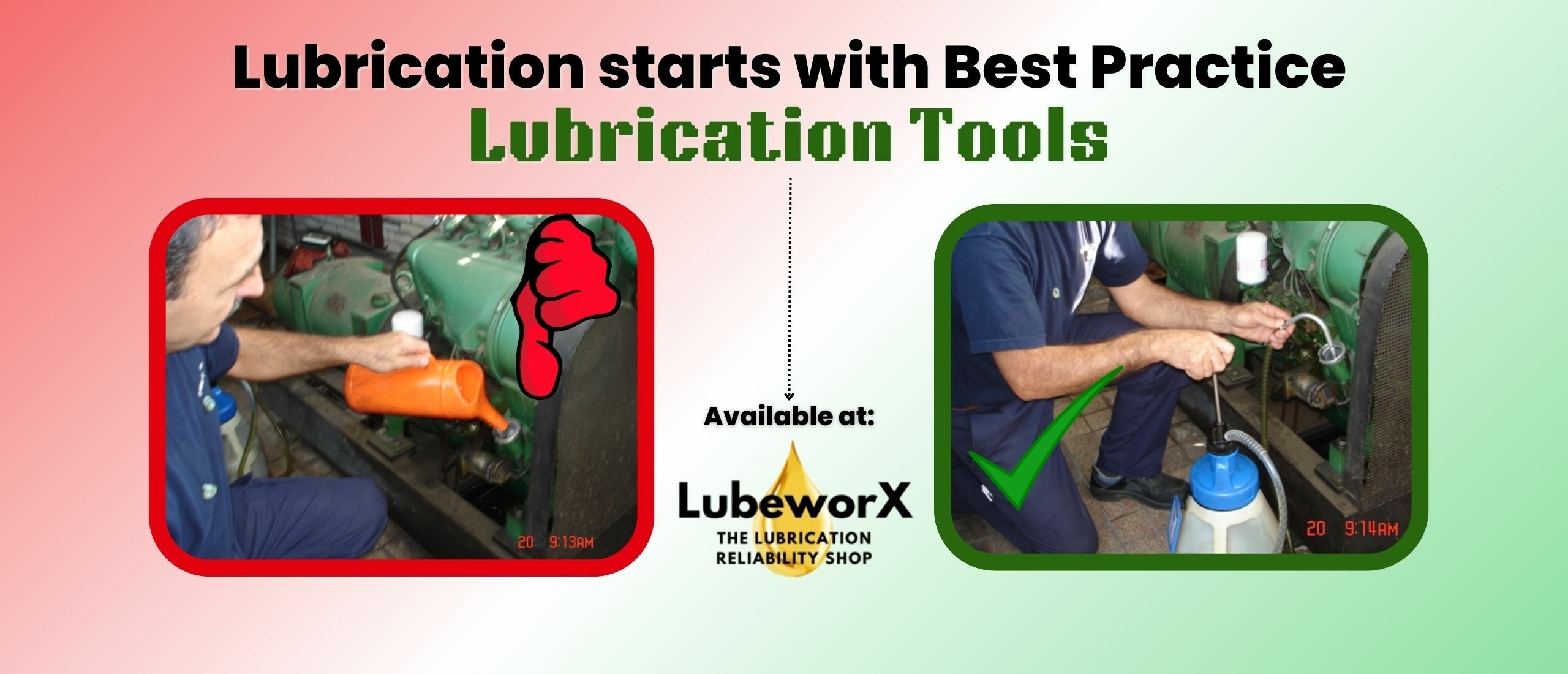
Keeping Lubricants Pristine with OilSafe Tools - STIP
As we continue our journey into the heart of industrial innovation, building upon the remarkable insights gained from "Machinery's Hidden Heroes - The Lubricants," we are thrilled to unveil the next chapter of this extraordinary saga. Welcome to a realm where precision meets protection, and maintenance evolves into mastery – the realm of the STIP Concept.

In the ever-evolving landscape of machinery and engineering, the significance of proper lubrication cannot be overstated. It's the lifeblood that keeps the bearings rotating, gears turning, the engines roaring, and the operations seamless.
We've marveled at the prowess of lubricants, those unsung heroes operating quietly behind the scenes, ensuring the symphony of industry plays on.
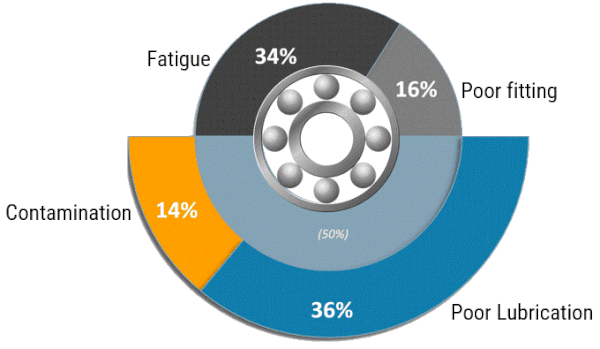
In the realm of industrial machinery, bearings play a pivotal role as both unsung heroes and potential sources of trouble. Remarkably, half of all bearing-related issues arise from contamination – the silent antagonist that erodes efficiency and triggers premature failures. In the quest for effective solutions, the STIP concept emerges – Storage, Transfer, Identification, Protection. These fundamental pillars lay the foundation for a systematic approach that addresses these challenges head-on. And now, as our narrative unfolds, we seamlessly transition to the introduction of a game-changing solution – OilSafe Tools, meticulously crafted to tackle the complexities of lubricant management.
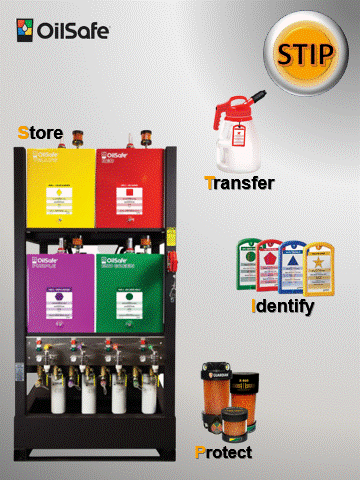 STIP concept: Store - Transfer - Identify - Protect
STIP concept: Store - Transfer - Identify - Protect
OilSafe Tools
Now, the stage is set for the logical progression, the seamless continuation of this narrative – the introduction of OilSafe Tools, a dedicated arsenal crafted to complement and enhance the indomitable power of lubricants. Embracing the STIP concept - Storage, Transfer, Identification, and Protection - these tools stand as sentinels, fortifying the unyielding bond between machinery and lubricant.
Storage
Storage takes on a new dimension as we delve into purpose-built solutions that provide a safe haven for lubricants, shielding them from environmental hazards and ensuring their readiness when the call of duty arises.
Proper storage and handling of lubricants are crucial to ensuring their quality, effectiveness, and longevity.
A designated lubricant storage room serves as the cornerstone of effective lubrication management within industrial facilities. This purpose-built space is meticulously designed to safeguard the quality, integrity, and longevity of stored lubricants.
With controlled temperature and humidity, it provides an environment that shields these essential fluids from the corrosive effects of extreme conditions.
Equipped with specialized storage units, each lubricant finds its designated place, preventing cross-contamination and confusion.
Thoughtfully placed safety features, including limited access doors and proper lighting, ensure both personnel security and efficient inventory management.
The presence of advanced filtration systems guarantees that contaminants are kept at bay, while dedicated workspaces with computers facilitate seamless tracking of inventory, sampling, and maintenance activities.
In essence, a designated lube storage room stands as a sanctuary for lubricants, a space that optimizes their performance, prolongs their life, and elevates the reliability of the machinery they nourish.
Protocols
Storage Environment: Lubricants should be stored in a clean, dry, and well-ventilated area. Temperature and humidity control are essential to prevent degradation. Avoid exposing lubricants to direct sunlight, extreme temperatures, or fluctuations.
Containers: Lubricants should be stored in their original, tightly sealed containers to prevent moisture absorption and contamination. If transferring lubricants to different containers, ensure they are clean, dry, and suitable for the specific lubricant type.
Proper Labeling: Clearly label all containers with essential information, including lubricant type, grade, date of receipt, and expiration date. This helps prevent mix-ups and ensures you use the right lubricant for the intended application.
First-In, First-Out (FIFO): FIFO is a critical principle in inventory management, especially in businesses that deal with perishable goods or products that have expiration dates. When new lubricants arrive, the older inventory should be sold or used before the newer items. This prevents the storage of lubricants beyond their shelf life.
Handling Equipment: Use dedicated equipment to avoid cross-contamination. Contaminants like dirt, debris, or even incompatible lubricants can compromise the performance of the lubricant.
Prevent Water Contamination: It is important to prevent water contamination in lubricants due to the negative impact it can have on their effectiveness and the potential for corrosion. By storing lubricants away from water sources and ensuring proper container sealing, you can help maintain the integrity and performance of the lubricants, ultimately extending the lifespan and efficiency of machinery and equipment.
Minimize Air Exposure: Exposure to air can cause oxidation and degradation of lubricants. By minimizing the time the container is open and quickly resealing it after dispensing, you can help maintain the quality and effectiveness of the lubricant, ensuring that it continues to provide optimal performance in machinery and equipment.
Cleanliness: Maintaining cleanliness in the storage and handling area of lubricants is essential to prevent the introduction of contaminants that can degrade lubricant quality and equipment performance. Regular cleaning of storage shelves, equipment, and work surfaces helps ensure that lubricants remain effective and reliable in reducing friction and promoting smooth machinery operation.
Training and Education: Provide proper training to employees on the importance of correct lubricant storage and handling procedures. Ensure they understand the potential risks and consequences of improper practices.
Regular Inspections: Conducting regular inspections of stored lubricants is a proactive approach to maintaining their quality and ensuring optimal machinery performance. By checking for signs of contamination, degradation, or leaks and addressing any issues promptly, you can prevent further problems, extend the life of machinery, and promote smooth operations.
Shelf Life Management: Managing the shelf life of lubricants involves: tracking expiration dates, using older lubricants before newer ones, and promptly replacing expired products. By implementing these practices, you can ensure that lubricants maintain their effectiveness, extend machinery life, and reduce the risk of equipment issues due to degraded or expired lubricants.
Sampling and Testing: Regular sampling and testing of lubricants are essential practices to monitor their quality, performance, and suitability for use. By identifying potential issues early and making informed decisions based on test results, you can ensure that lubricants continue to provide effective protection and help maintain the overall efficiency and longevity of machinery and equipment.
By following these protocols, businesses can optimize lubricant performance, extend their shelf life, and reduce the risk of equipment failure due to poor lubrication practices. Proper lubrication management can ultimately lead to improved equipment reliability, longer lifecycles, and cost savings.
Bulk Storage Systems
Bulk storage systems, such as OilSafe, Lustor, and Lubristation, stand as indispensable pillars within a modern lube room, revolutionizing the way lubricants are managed and dispensed. These innovative units redefine efficiency and precision by seamlessly integrating storage, handling, and controlled transfer of lubricants.
- OilSafe introduces a new level of organization with its colour-coded containers and cutting-edge dispensing solutions.
- Lustor, a trusted name in lubricant storage, redefines reliability through durable tanks and advanced monitoring capabilities.
- Meanwhile, Lubristation emerges as a beacon of efficiency, streamlining lubrication processes with centralized management and custom solutions.
Together, these bulk storage systems redefine the lube room landscape, ensuring cleaner, safer, and more optimized machinery operations.
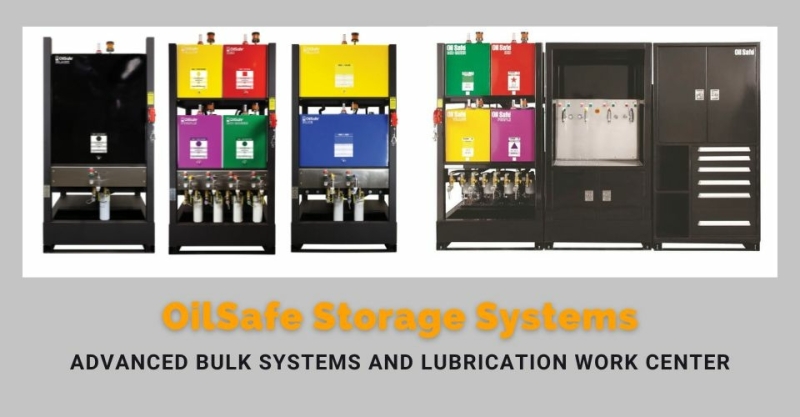
Read more about OilSafe Storage Systems
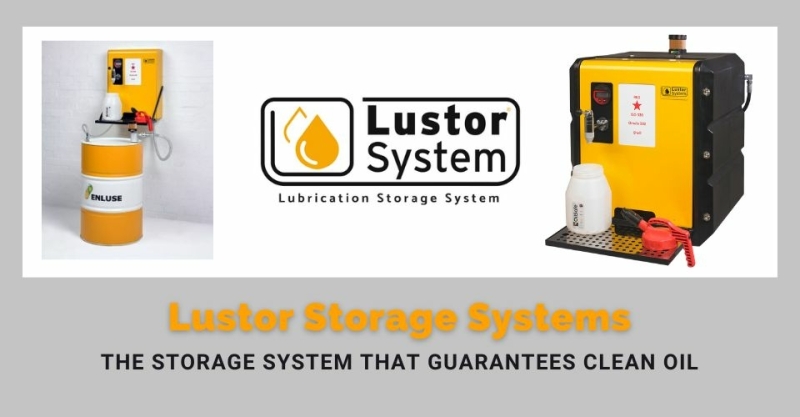
Read more about Lustor Storage Systems
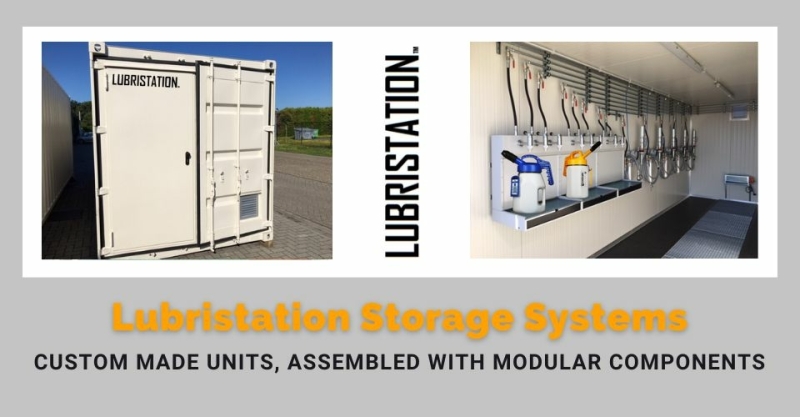
Read more about Lubristation Storage Systems
Transfer
Oil cans are valuable tools for the controlled and efficient transfer of lubricants. They address issues related to cleanliness, contamination prevention, and accurate application, enhancing the overall effectiveness of lubrication processes in industrial and mechanical operations.
